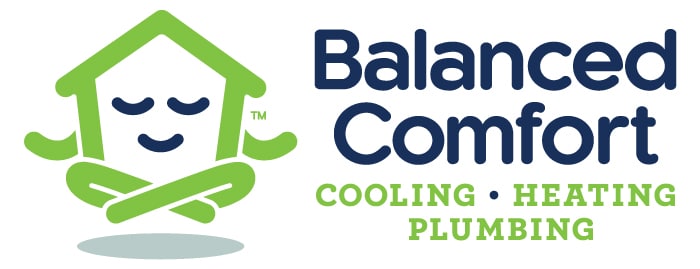The 10 Most Common AC Repairs Performed on an HVAC System
The 10 Most Common AC Repairs Performed on an HVAC System
Air conditioning systems are essential for maintaining a comfortable indoor environment, especially during those scorching summer months. However, like all mechanical systems, they are prone to occasional hiccups. Here, we've compiled a list of the 10 most common AC repairs performed on HVAC systems, so you know what to expect when you call a technician.
1. Refrigerant Leaks
One of the most common issues is refrigerant leaks. Low refrigerant levels can result in insufficient cooling. Technicians will locate and may be able to repair the leak and then recharge the system with refrigerant. If the leak can not be repaired or if multiple leaks exist, it may make more sense to replace the coil or line that is leaking. Most often refrigerant leaks occur in coils because of the many connections that weaken over time. Advanced refrigerant leak detectors or tools as simple as soapy bubbles may detect and identify the source of the leak.
An AC system does not use refrigerant like your car uses fuel. A system should never leak refrigerant unless it is in need of repair. While some companies will simply add refrigerant to a leaking system without identifying the source of the leak this is not a fix and may violate some state and federal laws.
2. Broken Fans
An AC unit comprises two main fans: the blower fan inside and the condenser fan outside. If either fails, the cooling process is hampered. Common issues include motor failure, bent or damaged blades, and electrical problems. A capacitor is one of the potential electrical problems that commonly fail requiring AC repair.
3. Clogged Filters
Dirty or clogged air filters restrict airflow, causing inefficiency and poor indoor air quality. This is usually a straightforward fix, involving either cleaning or replacing the filter. Clogged air filters will cause dust, and other airborne contaminants to bypass the filter which can then get caught on the evaporator coil. When the evaporator coil gets clogged it will restrict airflow and the combination of moisture and dirt can cause mold growth on the evaporator coil.
4. Thermostat Issues
A faulty thermostat can result in inconsistent temperatures. Whether it's an old dial-type thermostat or a modern programmable one, technicians can calibrate or replace it as needed.
5. Electrical Problems
Wiring issues, blown fuses, or tripped circuit breakers are common electrical problems. These usually require professional attention to ensure safety and system functionality.
6. Drainage Issues
The condensate drain line can become clogged with dirt and debris, causing water to back up into your home. Some systems have a sensor to turn off the AC when the condensate is clogged. If this sensor does not exist or fails, water can come through the ceiling can cause major damage. Technicians can unclog the line and may recommend regular cleaning as a preventive measure.
7. Dirty Coils
Both evaporator and condenser coils are crucial for efficient cooling. Dirt on these coils reduces their efficiency, requiring them to be cleaned periodically. In some cases, the coil will need to be removed and chemically cleaned in order to restore proper operation.
8. Compressor Issues
The compressor is essentially the heart of your AC system. Problems here are serious and can range from electrical issues to overheating. A failing compressor usually calls for professional repair or even replacement.
9. Sensor Problems
AC units often have a temperature sensor near the evaporator coil to gauge the air temperature. If this sensor gets knocked out of position, your AC might cycle erratically or behave inconsistently.
10. Capacitor Failures
Capacitors provide the necessary jolts of energy to keep motors (like those in your fans) running. When a capacitor fails, you might hear a clicking sound, and the motor may refuse to start.
Conclusion
While some of these repairs are relatively straightforward, others require specialized skills and tools. Regular maintenance can prevent many common issues, but when problems do arise, it's crucial to consult a qualified HVAC technician. Understanding these common AC repair scenarios can help you diagnose problems more quickly, saving you time and potentially reducing repair costs.
Knowing what to expect also arms you with the information you need to choose a reputable AC repair service, ensuring your system gets back up and running as smoothly and efficiently as possible.
